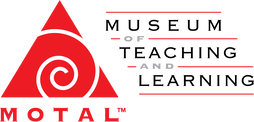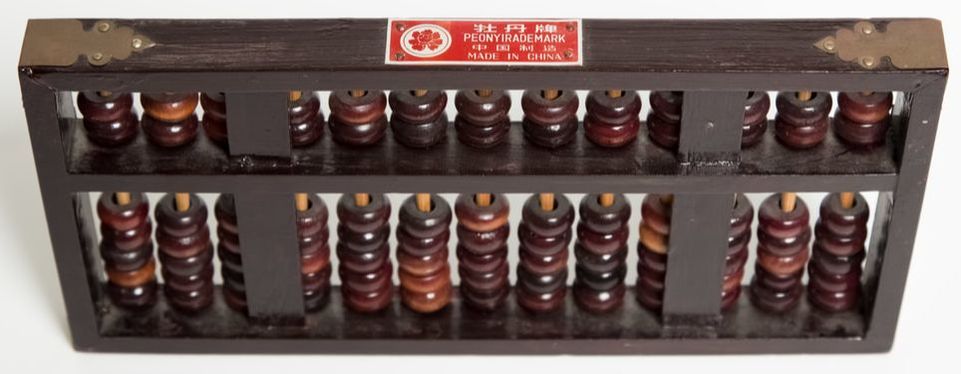Chinese ABACUS
History
The word abacus is derived from the Greek word abax which means “plank.” The earliest history of the abacus can be traced to the Babylonians and Romans. These sand tablets were made with groves that allowed the user to count with pebbles and beads, sliding along the groves to keep count of inventories.
During the 500s, the Chinese developed the first framed and beaded abacus. This form consisted of two “decks” that were divided by a bar with two beads on top and five beads on the bottom. This framed abacus represents the more familiar abacus in use today. The Chinese abacus is called a suanpan (su-WAN-pin). Today, the Japanese-style abacus is more commonly used throughout the world. The Japanese abacus has one bead on the upper deck and five on the bottom. This abacus is called a soropan.
In the early 20th century, the classroom abacus was developed to teach preschoolers to count and for simple arithmetic. This abacus has horizontal beaded wires and does not require a decking system for number placement.
The word abacus is derived from the Greek word abax which means “plank.” The earliest history of the abacus can be traced to the Babylonians and Romans. These sand tablets were made with groves that allowed the user to count with pebbles and beads, sliding along the groves to keep count of inventories.
During the 500s, the Chinese developed the first framed and beaded abacus. This form consisted of two “decks” that were divided by a bar with two beads on top and five beads on the bottom. This framed abacus represents the more familiar abacus in use today. The Chinese abacus is called a suanpan (su-WAN-pin). Today, the Japanese-style abacus is more commonly used throughout the world. The Japanese abacus has one bead on the upper deck and five on the bottom. This abacus is called a soropan.
In the early 20th century, the classroom abacus was developed to teach preschoolers to count and for simple arithmetic. This abacus has horizontal beaded wires and does not require a decking system for number placement.
|
Chinese Abacus
This personal calculating tool was made in China with a “Peony” trademark. Its size is approximately 10 inches by 5 inches by 1 inch. The beads are in 13 columns and are worked from right to left, because the ones column is the one on the far right, which is the same as how we treat numerals. A horizontal strip of wood divides the columns of beads into a top section or “deck” with two beads worth five units each and a lower deck with five beads worth one unit each. Donor This abacus was donated by the descendants of William J. Kallio, a mechanical engineer who acquired the artifact in Chicago’s Chinatown in the 1960s. He enjoyed mathematical puzzles and was proud of his abilities to use this abacus. |
Learn More!
To learn more about the abacus, we recommend the following:
To learn more about the abacus, we recommend the following:
- How to read numbers on the abacus
- Learning simple addition and subtraction on the abacus
- "How to Use an Abacus and Teach Kids Math" (by blessedmom, WeHaveKids.com, updated April 19, 2016)
- American and Japanese student abacus competition
- History of the abacus


